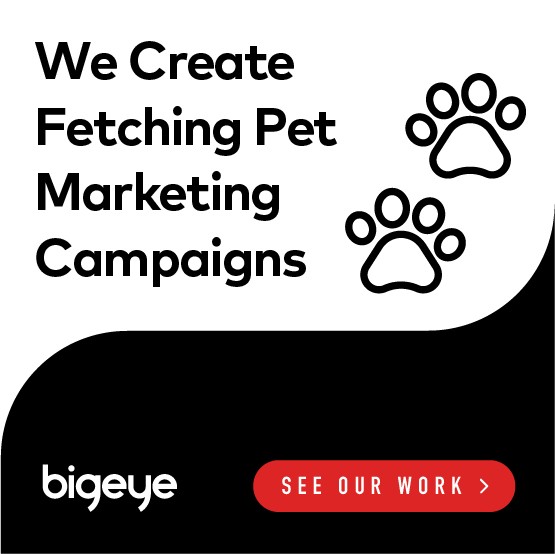
Millennials are a natural audience for pet food marketing — but they shouldn’t be your sole focus. Let’s find out why casting a wider net is the smarter play.
We get it — millennials are the cat’s pajamas. They represent a huge generation with a lot of buying power. Thousands of bloggers have written millions of think pieces examining why millennials are such a critical audience. And — even better — they’re huge pet lovers. So why are we going to tell you to cast your gaze elsewhere when creating your next pet food marketing campaign?
Let’s find out.
Why millennials should not be your sole marketing focus
Millennials are the largest generation in the U.S. They own pets at a higher rate than Baby Boomers. Millennials treat their pets as proxy children, showering them with attention and expensive products.
A pet food marketing practitioner’s dream, right?
Sure — but that dream can quickly turn nightmarish if you develop tunnel vision. Millennials may check all the boxes in terms of a pet marketing audience, but let’s consider a few other facts:
- 65% of pet owners in the U.S. are not millennials.
- The average millennial has a net worth of just $8,000.
- The median net worth for Baby Boomers is $360,000.
- Gen X has a median annual income that’s 250% higher than millennials.
- Baby Boomers spend $548 billion on products annually, $200 million more than Gen X, the next closest cohort.
- Baby Boomers are responsible for 70% of all disposable income in the US.
Millennials aren’t looking quite so dreamy now, are they? They love animals — there’s no doubt about that. Yet they pale in comparison to older buyers in terms of raw spending power. Though they haven’t been the subject of countless marketing think pieces, older Americans still control consumer spending in almost every category, including pets.
That’s the financial case for diversifying your marketing approach.
Yet there’s also a cultural case — and it runs in the opposite direction.
Don’t overlook Gen Z…and tailor your messages to the appropriate market
The same financial arguments that apply to Millennials apply doubly to Gen Z, whose vanguard are just now reaching their early 20s. Yet brands would be foolish to overlook them: They are another massive cohort with equally massive devotion to their pets. Gen Z pet ownership numbers are expected to eventually exceed those of millennials, who are already the top generation in terms of ownership percentage.
Fortunately, there is lots of overlap between the two groups in terms of how they view pets. Both humanize their animals and both are willing to pay more to furnish them with the best products and experiences.
However, there are some differences as well. Gen Z members are more skeptical in terms of branding messages and less likely to believe claims that products are special because they are organic or all natural. They tend to dislike overly curated branding and favor a more direct and unmediated approach, and this particularly applies to brand identity.
Brands engaged in pet food marketing should also consider the desires and priorities of older buyers. Baby Boomers preceded the pet humanization trend; as such, they are more likely to have conventional notions about pet food and pet care.
Older buyers are also receptive to marketing messages that emphasize how pet products will help make their own lives easier. The demands of keeping a pet are often much harder on older consumers, so it’s important that brands consider that angle of the pet ownership experience when marketing products.
Finding the right pet marketing agency
A smart, forward-thinking marketing agency understands the value of audience analysis. If you’re pitching to one segment to the exclusion of another, you’re hurting your bottom line.
At BIGEYE, we can help you create a comprehensive pet food marketing campaign that speaks to all audiences.




